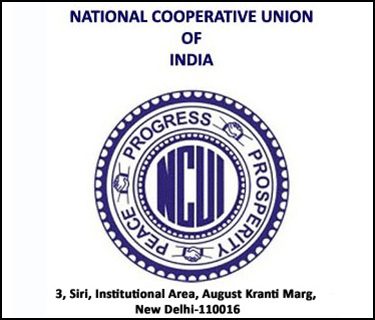The Indian sugar industry has not only achieved the singular distinction of being one of the largest producers of white plantation crystal sugar in the world but has also turned out to be a massive enterprise of gigantic dimensions. With over 450 sugar factories located throughout the country, the sugar industry is amongst the largest agro-processing industries, with an annual turnover of Rs150 billion. It plays a major role in rural development and its importance for India stretches far beyond the role of a sweetener supplier.
The sugar factories located in various parts of the country work as nuclei for the development of rural areas by mobilising rural resources and generating employment, transport and communication facilities. Over 45 million farmers, their dependants and a large mass of agricultural labour are involved in sugarcane cultivation, harvesting and ancillary activities. The industry employs over 0.5mn skilled and unskilled workmen, mostly from the rural areas.
After alternating between control and decontrol, the government adopted the policy of partial decontrol in 1967-68 which has since been the mainstay of the government policy except for two short periods of decontrol in the 1970s. Under the present policy, the government reserves 10% of the production at controlled prices for supply through the Public Distribution System (PDS) and the balance 90% is allowed to be sold by the mills in the free market subject to the Monthly Release Mechanism. The levy quota for sugar mills has been brought down from the peak levels of 70% in 1968-69 to the present level of 10% through a gradual process of deregulation of the sugar industry.
The number of operating sugar mills in the country has increased from 29 in 1930-31 to 453 in 2002-03. The average capacity of the sugar mills has considerably moved up from just 644 tonnes per day in 1930-31 to 3343 tonnes per day in 2002-03. The growth in the Indian sugar industry was driven by horizontal growth (increase in number of units) compared to vertical growth witnessed in other countries (increase in average capacity).
Indian sugar industry can be broadly classified into two sub sectors, the organised sector, i.e, sugar factories, and the unorganised sector, i.e, manufacturers of traditional sweeteners like gur and khandsari. The latter is considered to be a rural industry and enjoys greater freedom than the sugar mills. The production of traditional sweeteners gur and khandsari is quite substantial. Gur is unrefined sugar and khandsari is non-centrifuged sugar. These are mostly used in villages and rural folk as sweeteners and also as important sources of nutrition. Though the trends indicate a progressive shift from traditional sweeteners to white sugar over the years, they still account for about 37% of total sweetener consumption in India.
Since the sugar industry in the country uses only sugarcane as an input, sugar companies have been established in large cane growing states like Uttar Pradesh, Maharashtra, Tamil Nadu, Karnataka, Punjab and Gujarat. Maharashtra leads in the number of sugar mills, which are mainly in the cooperative sector, and also in sugar production, followed by Uttar Pradesh.
The farmers cooperatives own and operate the largest of the industry’s total capacity. They are concentrated primarily in Maharashtra and Eastern Uttar Pradesh. The largest number of sugar companies in the private sector are located in south India, in the states of Tamil Nadu, Karnataka and Andhra Pradesh. Uttar Pradesh has also some private mills which are operating in a very large scale. Out of the 453 sugar mills in the country, 269 are in the cooperative sector, 184 in the private sector and 67 in the public sector. Besides, 136 units in the private sector are in various stages of implementation. In India sugar production follows a 5-7 year cycle. Sugar production increases over a 3-4 year period, reaches a high, which in turn, results in lower sugar prices. As a result of lower sugar price, realizations of sugar mills, the sugarcane arrears increase. The increase in sugarcane arrears results in lower sugarcane production, resulting in lower production for the next 2-3 years. Because of lower sugar production, the prices shoot up resulting in increased area under sugarcane cultivation during the next season.











































